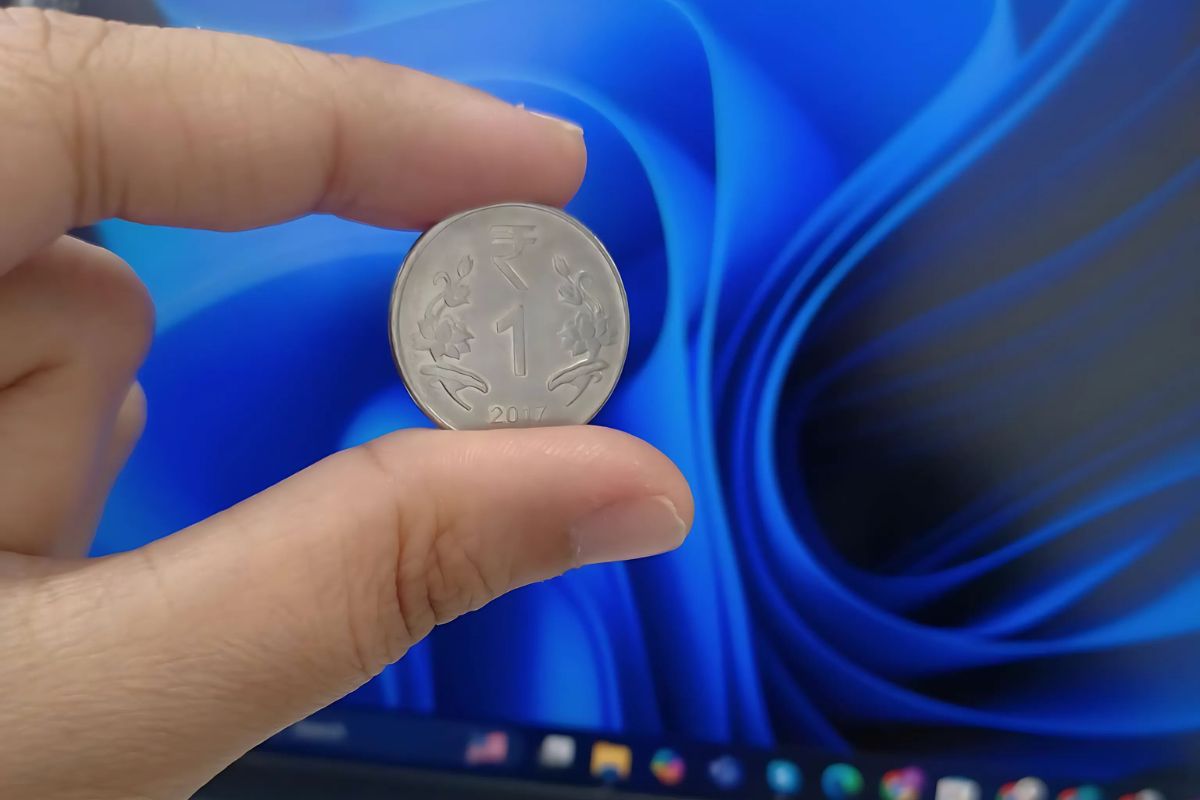


The one-rupee coin is widely used, starting from buying small items at markets to being used in different economic exchanges. Because of its use, the one-rupee coin also holds a high status in India. It is, however, common to ask one question, “Ek rupee coin ka manufacturing cost kitna hoga?” Today, we will dedicate this article to covering the production cost revolving around the one rupee coin.
Table of Contents
ToggleJust like the rest of the coin’s manufacturing cost breakdown, the one rupee coin has its own issues, the main being that it spends 1.10 to 1.28 INR on creating a single coin rather than the expected 1 INR. It is estimated that the average cost for producing each rupee coin is exceptionally higher in comparison to 1 INR on a single coin. This means that the government suffers a net loss on the whole manufacturing process. The answer varies due to the availability of raw materials, economic conditions, and additional variables that will impact the price.
The cost of producing a one-rupee coin is influenced by the following factors:
The one-rupee coin is manufactured using stainless steel, which is both reliable and affordable. Nonetheless, metal price volatility constitutes a challenge. Stainless steel pricing is largely influenced by global metal markets and, in addition, by its accompanying demand and supply. The increase in the price of stainless steel results in an increase in the cost of manufacturing the coin.
The manufacturing of a coin is a process that requires skilled human resources, sophisticated equipment, and substantial operational costs. Government-owned minting industries in India such as Mumbai, Kolkata, Hyderabad and Noida, which offer higher production values, tend to incur higher costs.
The manufacturing and distribution of coins involve a great deal of energy and transport. The consumption of electricity at the mints, the fuel to get there, and the security of the coin shipment are all elements of the final production cost.
Policies aimed at acquiring metal, taxes, and overall inflation affect the production cost of coins too. In case there is higher inflation, the raw materials and wages of labour also increase, making the cost of coins go higher. So, when answering “Ek rupee coin ka manufacturing cost kitna hoga?” we have to consider other infleuntial factors as well.
Let us analyse the process of making a one rupee coin to understand why minting this currency is expensive.
The government collects stainless steel and processes it into sheets of varying thickness.
Cutting large sheets of metal into circular segments marking the base of a coin is what serves as the blanking step.
The blanks are then heated and cooled for added strength. They are also purified to eliminate contaminants.
Every coin is engraved with its particular symbol denoting the denomination (₹1), the year when the coin was made, Ashoka Pillar, and the sign of the rupee.
Each coin goes through assurance checks in terms of weight and design before starting circulation in the public domain. Once approved, they are distributed through banks and financial institutions. This whole phenomenon answers the question, “Ek rupee coin ka manufacturing cost kitna hoga?” This is because all of these processes involve some expenditure in terms of material, labour, and energy.
To provide a more detailed understanding, here’s a breakdown of the estimated manufacturing costs:
| Cost Element | Estimated Cost (₹) |
|---|---|
| Raw Materials (Nickel, Copper, Zinc) | ₹0.80 – ₹1.00 |
| Labor Costs | ₹0.20 – ₹0.30 |
| Energy and Technological Costs | ₹0.10 – ₹0.15 |
| Overhead Costs | ₹0.40 – ₹0.50 |
| Total Manufacturing Cost | ₹1.50 – ₹2.00 |
Even though cashless systems have become more prevalent, coins are still important while dealing with petty buying and selling in rural regions and local marketplaces.
One-rupee coins could last significantly longer than a one-rupee note. A coin can last 20–25 years, while a currency note perishes in 2–3 years. Therefore, coins may prove cheaper in the long run.
Coins hold cultural and historical significance in India. They represent stability in the economy and are widely accepted across generations. Despite the loss in production costs, the government continues to mint these coins due to their necessity in the financial system. So, if we ask, “Ek rupee coin ka manufacturing cost kitna hoga?” we also need to consider the long-term benefits of coins over paper currency.
The manufacturing cost of one rupee coin is somewhere between ₹1.11 and ₹1.28 rupees. Yes, the government has to spend more than a rupee for minting each coin, yet if there’s a purpose and utility behind it, it is invaluable. The coins hold intrinsic value because of their practicality in small transactions or economic importance.

